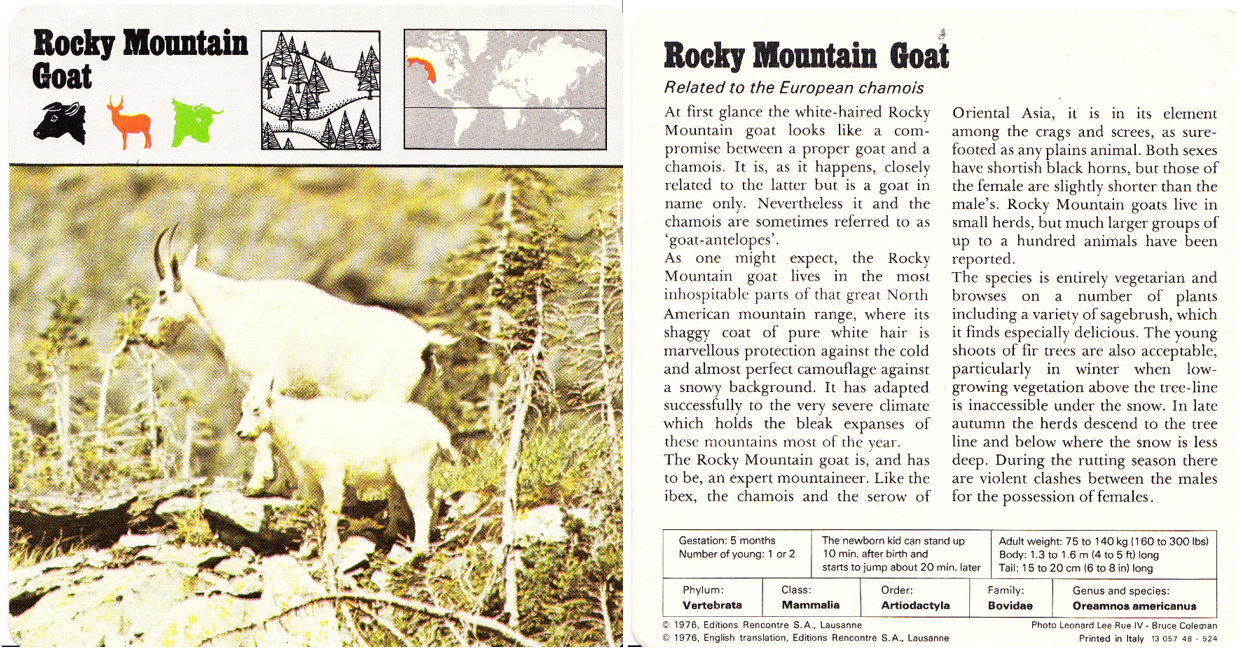It’s a relatively common conundrum: You’ve placed your concealed or secret doors in a lovingly designed dungeon but may have not bothered to give much thought to how they’re opened/operated other than “oh there must be a lever/pressure plate/button somewhere.”
I’ve created this table to help provide some inspiration. It might also be useful for methods of disabling tricky traps or burnishing an evening with minor puzzle elements as well:
As a caveat: Clues are completely crucial when sprinkling in secrets, mysteries, and puzzles. I’ve underlined items that could be expanded through virtuosic descriptions to help draw in players attention to certain features, but feel free to incorporate another nudge or so. If they must open the door by kissing the carving of a crone (#47), it stands to reason that perhaps the lady’s lips are worn or stained, etc. This underlining typically indicates that these should be incorporated somehow into dressing/room descriptions as the players interrogate the fiction and should only adjust the character of a room in a minor way. If it flatly doesn’t fit with character of the room contents, then it might be simpler to choose another or adjust it slightly.
Some puzzles require pieces. For these, I’ve applied bolding. If the players don’t have these, or a means of acquiring them, then this could serve as a “hard stop” in play which isn’t ideal. They can always come back at a future point in time with the proper component, or as above, you can always adjust or incorporate additional necessary ingredients in nearby dungeon dressings if it’s frustrating any fun. Not all secret doors have to opened, and fully exploring a deviously drawn dungeon often triggers other in-game resource/real-life dependent limitations or exasperation (this isn’t Myst after all and pixel-bitching is about as un-fun as you can get for most).
Feel free to flex your imagination on how things are “actually working” with lovably “off-screen” byzantine mechanisms or gonzo Rube-Goldberg contraptions. Inexplicable magics from mad mages are another common scapegoat. Most of the time this is largely less important to the players than simply bypassing a mercifully brief obstacle. I also like to muse on how these doors might see use by other dungeon denizens, but I don’t get too caught up on it. Like many, I prefer the more Mythic Underworld approach which is blessedly less logical: The monsters play by their own rules down here. But naturally, a canny party, silently tracking or carefully observing the inhabitants should be rewarded with revelations on how some of these triggers work.
Let me know if you find this useful or how an entry works out if it makes its way into one of your dungeons!



